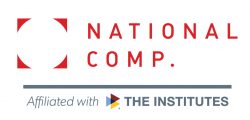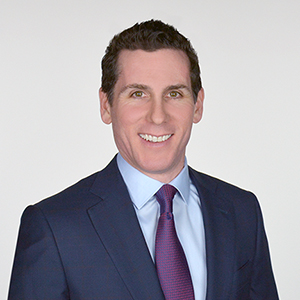Steal This Risk Management Idea and Motivate Injured Employees to Return to Work

For workers’ compensation professionals, the true testament of a job well done is when a worker, previously riddled with injury, recovers and returns to their job in a productive way.
And while this is the most favorable outcome, it is deemed one of the most difficult hurdles to overcome for those in the workers’ comp industry.
Clairmonte Cappelle, executive director of the Puget Sound Educational Service District (PSESD), reiterated this sentiment: “One of the most challenging aspects of what [workers’ comp professionals] do is to functionally restore injured workers’ health and wellbeing and bring them back to the workplace where they can do meaningful work, and their value is restored.”
He continued, “Perhaps the second most challenging thing in what we do is trying to persuade and influence employers to do just that.”
Luckily, for employers struggling to meet this lofty goal, they will have the opportunity to learn how to accomplish what everyone wants: a happy, healthy recovered worker.
Cappelle, along with Aliza Hauser, return to work manager for PSESD, will be presenting a session at this year’s National Comp 2022, “Incentivizing Best Practices to Support and Revitalize Staffing” as a part of the conference’s “Steal These Ideas!” segment.
The session is set to take place on Thursday, October 20 at 10:30a.m.
Using Incentives: It Works
For PSESD to best serve its injured workers and ensure that a return-to-work is the ultimate outcome, Cappelle, Hauser and their team first had to decide the means to which they would meet this achievement. A method they’ve experienced success with firsthand is the incorporation of financial incentives into its return-to-work program.
“We’ve implemented a financial incentive program to encourage return-to-work best practices, through an equitable lens to meet the needs of employers investing time into their own return-to-work programs,” Hauser said.
How does it work, exactly? First, it’s important to understand how the state of Washington’s disability pay system pans out. According to Hauser, the state pays disability pay to an injured worker at approximately 60% of the worker’s original salary.
With the incentives program, employers will receive a payment that is equivalent to 50% of the worker’s pay of 90 days, or $10k, whichever comes first, per Hauser.
She continued, “The employer, over time, is rewarded with reduction in annual rates and a monetary incentive for utilizing their workers knowledge and skills while they heal.”
The motive for an incentives program such as this one is that it provides employers the opportunity to “bring medically-restricted injured workers back to the workplace in a role that meets the medical restrictions, thus avoiding paid time off until they fully recover,” Cappelle said.
Hauser listed examples of the best practices mentioned before which she said, “involve community and employer, employee contact and communication, and how to [achieve] that.” Examples include productive dialogue among co-workers and ensuring “everyone from the top down understand various processes, [including] how to go through a workers’ compensation claim,” she said.
Additionally, Hauser noted these practices also include navigating the American with Disabilities Act while also “covering aspects of bringing somebody back to work with an injury.”
 When asked why showcasing this idea of incentivizing best practices at the conference, Hauser simply stated, “Because it works.”
When asked why showcasing this idea of incentivizing best practices at the conference, Hauser simply stated, “Because it works.”
And works, it does. PSESD’s numbers don’t lie.
While both Cappelle and Hauser wanted to save the meat of PSESD’s results for the session itself, they did reveal that over the last three and a half years, PSESD has experienced a reduction in a million dollars in time loss as well as “all employers instituting some aspects of the best practices,” according to Hauser.
Why It’s Important
With PSESD serving 34 school districts in the Puget Sound area, finding a concise way to return employees to work was crucial. Not only does this benefit the employee who recovers from an injury, but Cappelle also noted how it can be in the employer’s best interest.
All employers have become quite familiar with The Great Resignation and its ripple effects. Cappelle believes their National Comp session could have notable benefits to those employers who are experiencing staff instability across all levels.
He said, “The one [place] where there’s an intersection between return to work best practices and what employers are experiencing today has to do with staff stability. Some employers are not aware that returning an injured worker, who’s on work restrictions, safely to the workplace is not just reducing their workers’ compensation costs, but it’s also [helping with] their staff instability.”
As a presenter who’s experienced the benefits of an incentivizing program, Cappelle hopes that attendees take away the opportunity to replicate this type of program into their own workplaces.
“Whether you’re a service provider or an employer [implementing] this for your own workforce, I think the takeaway is that you can be impactful to your organization, to your clients, to your injured workers and to your staff,” he said.
Hauser hopes that these “best practices could start to be used more globally.” &










